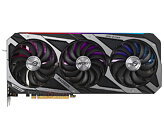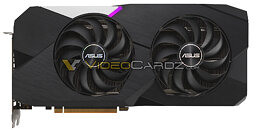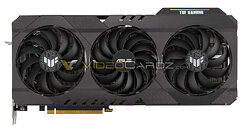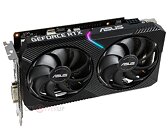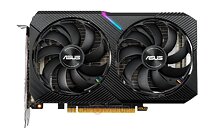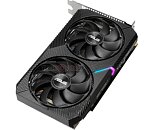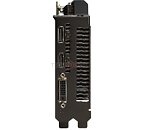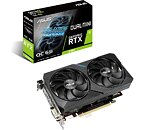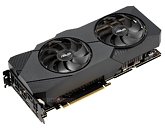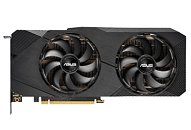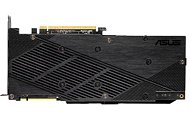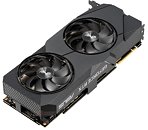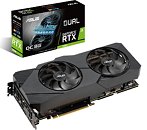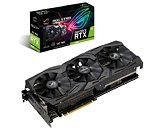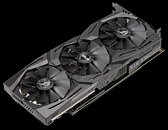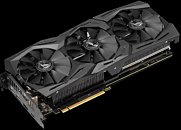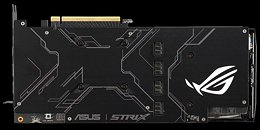
ASUS Announces its GeForce RTX 5050 Graphics Card Series
ASUS today launched its NVIDIA GeForce RTX 5050 graphics card series. The series consists of four models, the RTX 5050 Prime, RTX 5050 Prime OC Edition, RTX 5050 DUAL, and RTX 5050 DUAL OC Edition. The RTX 5050 Prime/OC is the more premium of the lot, with a large size of 26.8 cm length, 12 cm height, and 2.5-slot (50 mm) thickness. It uses an aluminium fin-stack heatsink that's ventilated by a trio of 70 mm dual ball-bearing Axial-Tech fans. It also offers dual-BIOS. The default BIOS runs the card at 2572 MHz boost, while the OC BIOS runs it at 2602 MHz. The RTX 5050 Prime OC Edition is a slight step up, with its default BIOS running the card at 2677 MHz boost, and its OC BIOS at 2707 MHz—probably the highest we've seen for an RTX 5050 out of the box.
The ASUS RTX 5050 DUAL/OC series features a more simple and compact board design measuring 20.3 cm in length, 12 cm height, and 2-slot (40 mm) thickness. The RTX 5050 DUAL could be priced close, if not at, the NVIDIA MSRP. The card uses the same PCB as the Prime series, and offers dual-BIOS. The base RTX 5050 DUAL offers 2572 MHz boost with its default BIOS, and 2602 MHz boost with its OC BIOS. Meanwhile, the RTX 5050 DUAL OC Edition offers 2647 MHz with its default BIOS, and 2677 MHz with its OC BIOS. Although not announced, we expect ASUS to come up with an RTX 5050-based Low Profile (half height) graphics card (pictured below), based on a similar board design to its RTX 5060 LP.
The ASUS RTX 5050 DUAL/OC series features a more simple and compact board design measuring 20.3 cm in length, 12 cm height, and 2-slot (40 mm) thickness. The RTX 5050 DUAL could be priced close, if not at, the NVIDIA MSRP. The card uses the same PCB as the Prime series, and offers dual-BIOS. The base RTX 5050 DUAL offers 2572 MHz boost with its default BIOS, and 2602 MHz boost with its OC BIOS. Meanwhile, the RTX 5050 DUAL OC Edition offers 2647 MHz with its default BIOS, and 2677 MHz with its OC BIOS. Although not announced, we expect ASUS to come up with an RTX 5050-based Low Profile (half height) graphics card (pictured below), based on a similar board design to its RTX 5060 LP.

























































